

— Blogs —
—Products—
 Consumer hotline +8618073152920
Consumer hotline +8618073152920 WhatsApp:+8615367865107
Address:Room 102, District D, Houhu Industrial Park, Yuelu District, Changsha City, Hunan Province, China
Product knowledge
Time:2025-10-11 13:48:56 Popularity:490
For modern farms operating multiple crops across various plots, management complexity grows exponentially. Different crops have varying requirements for water, fertilizer, and pest control, and traditional "siloed" management models easily lead to uneven resource allocation, chaotic labor scheduling, and delayed decision-making. Multi-crop monitoring systems are the ideal solution to this management challenge.
The IoT multi-crop monitoring system aggregates, cleans, and analyzes data streams from all plots and crops through a centralized cloud platform.
The system can simultaneously process and display heterogeneous data from different types of sensors:
Ground Sensors: Monitoring soil humidity and temperature for field crops like wheat and corn.
Greenhouse Sensors: Monitoring temperature and humidity, light, and CO₂ concentration for vegetables and flowers.
Physiological Sensors: Monitoring stem diameter changes and fruit expansion rates for fruit trees.
| Data Source | Monitoring Content | Application Scenarios |
| Ground Sensors | Soil humidity, temperature, conductivity | Irrigation management for field crops like wheat and corn |
| Greenhouse Sensors | Air temperature and humidity, light, CO₂ concentration | Environmental control for high-value crops like vegetables and flowers |
| Physiological Sensors | Stem diameter changes, fruit expansion rate | Growth monitoring and precision management for fruit trees |
| Weather Station Data | Wind speed, rainfall, radiation, evapotranspiration | Hyper-localized weather forecasts and disaster warnings |
All data is presented in an intuitive, layered manner on a unified dashboard, allowing managers to switch with one click to view the health status and environmental parameters of different crops.
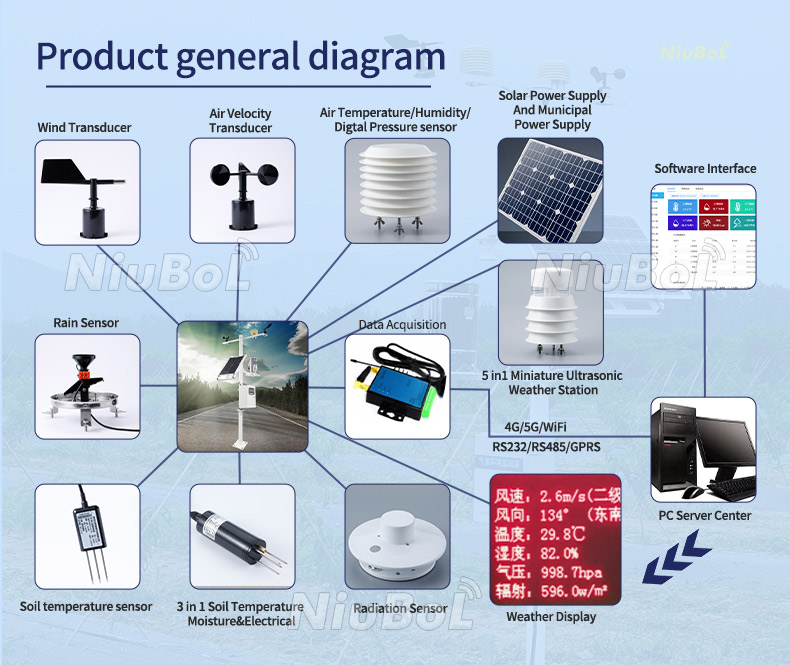
The benefits of multi-crop monitoring systems are reflected in the fundamental enhancement of farm operational efficiency.
Case Analysis: Resource Allocation Optimization in a Composite Farm
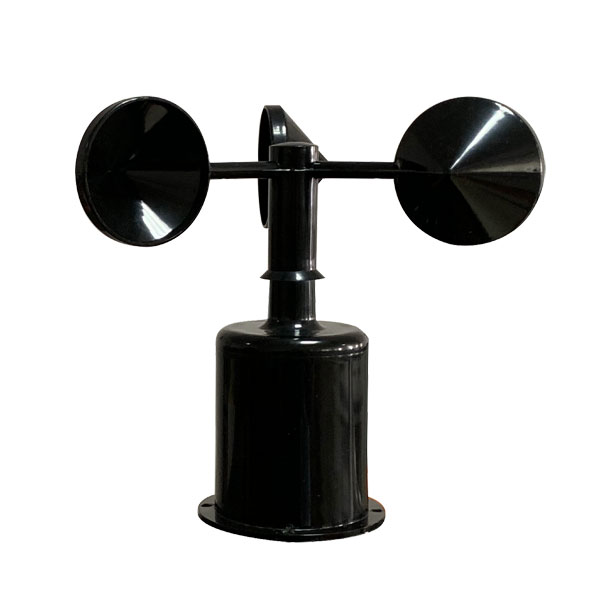 | 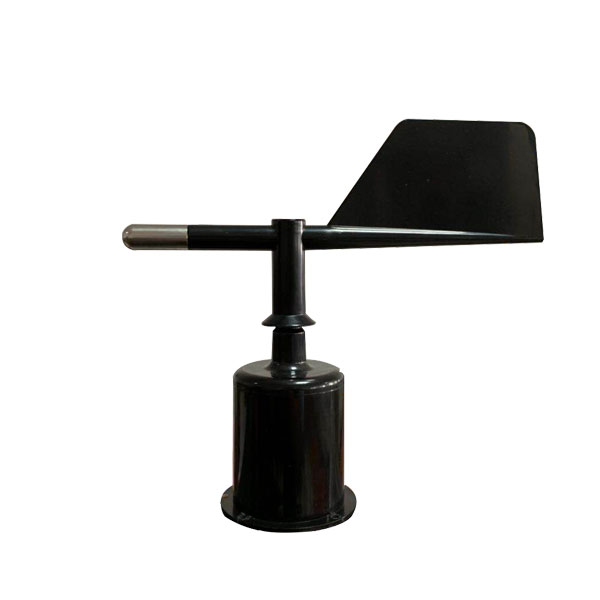 | 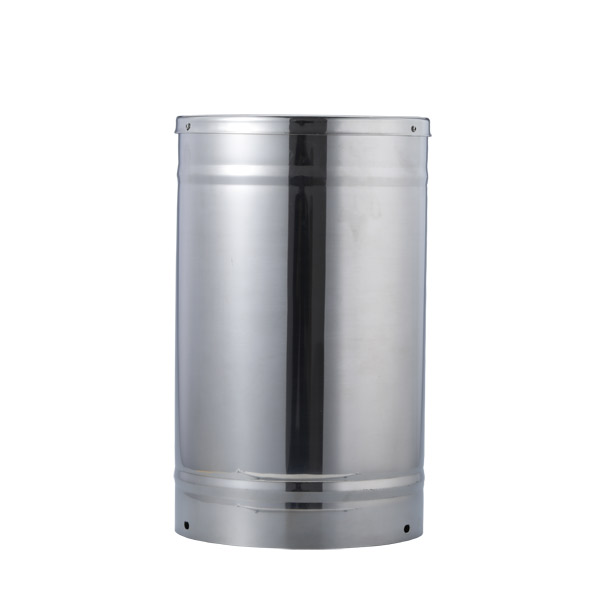 | 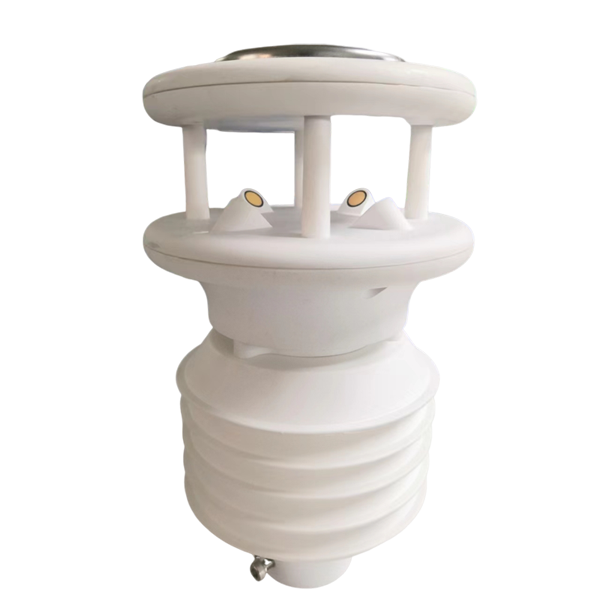 | 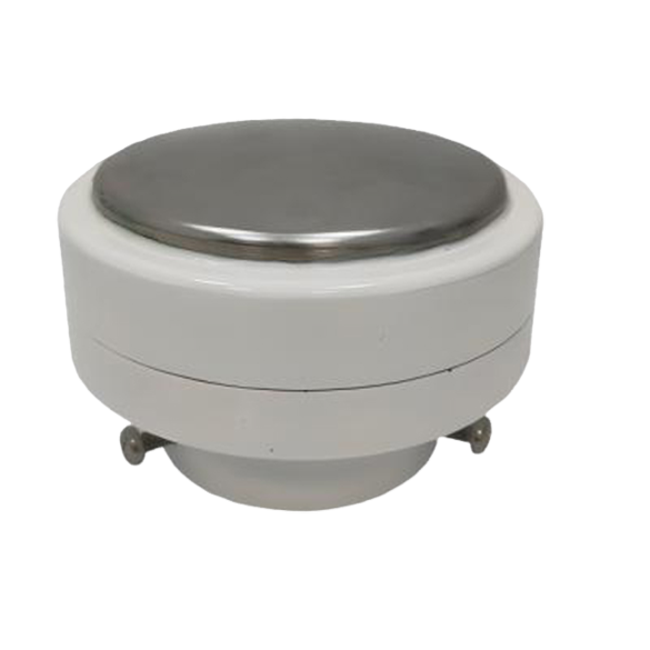 |
| Anemometer Wind Speed sensor | Wind direction sensor | Tipping bucket rain gauge sensor | 7 in 1 Ultrasonic Weather Station Sensor | Piezoelectric Rain Gauge |
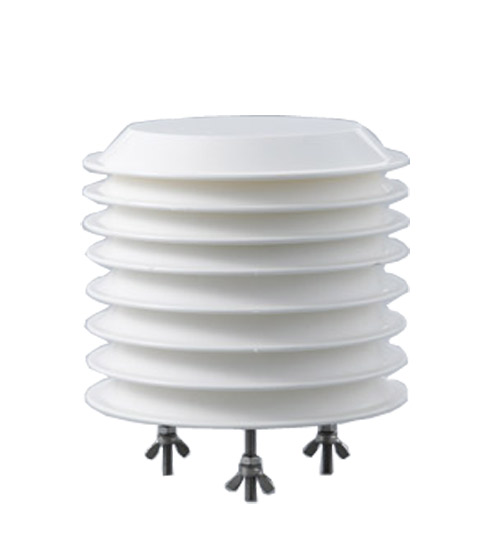 | 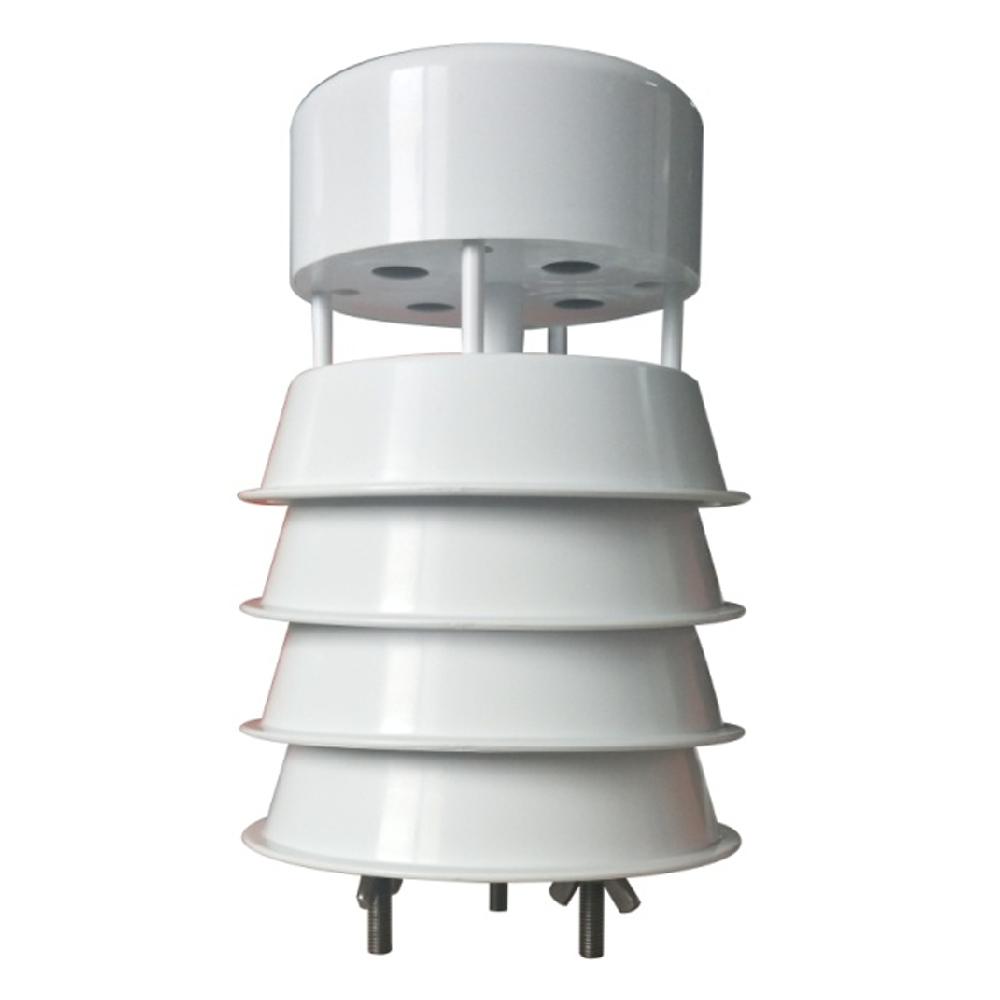 | 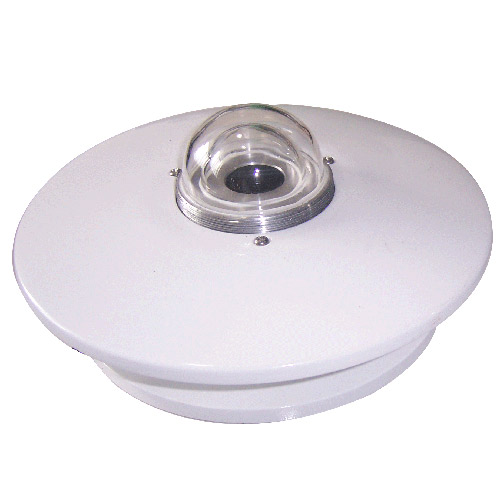 | 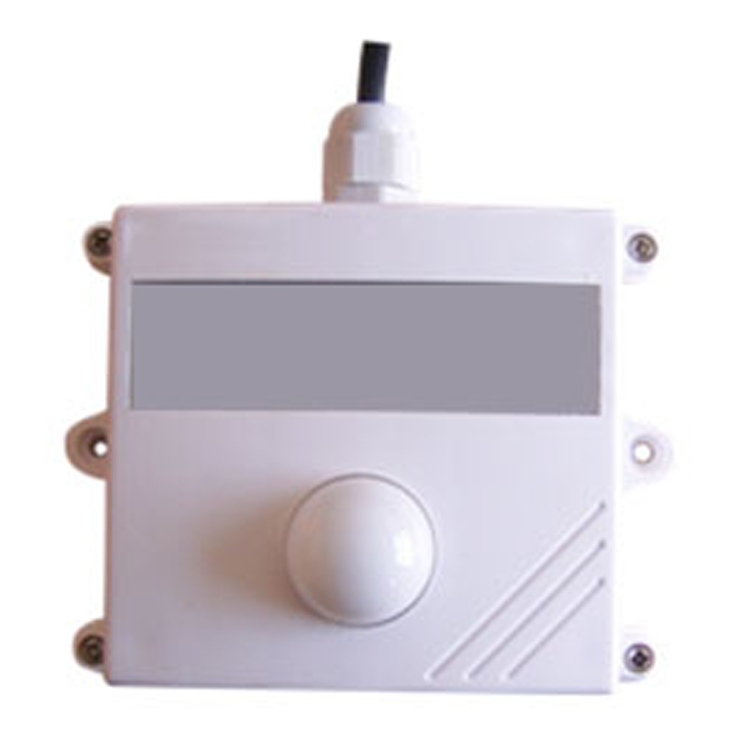 | 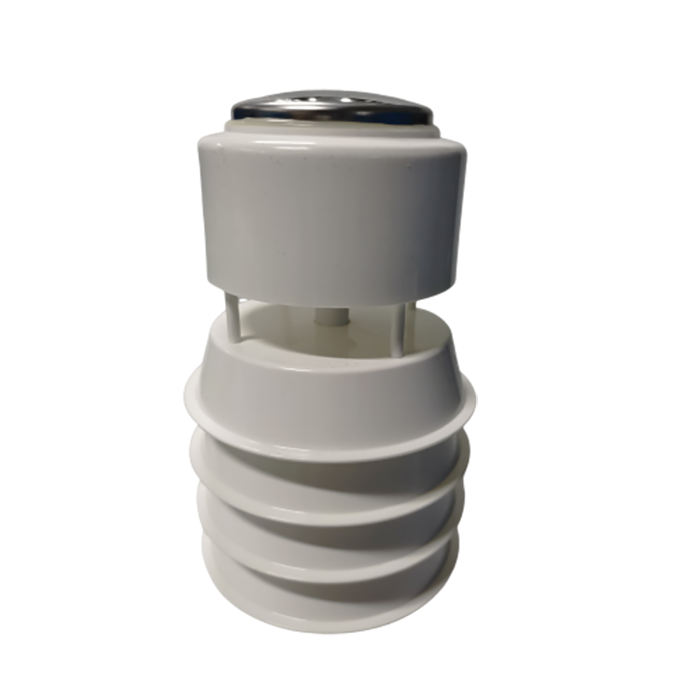 |
| Atmospheric Temperature Humidity air pressure Sensor | 5 in1 Ultrasonic Weather Station Sensor | Solar Radiation Sensor | illumination sensor | 7 in1 Ultrasonic Weather Station Sensor |
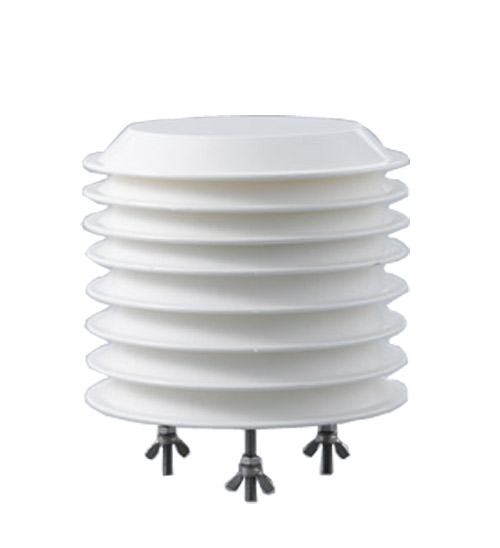 | 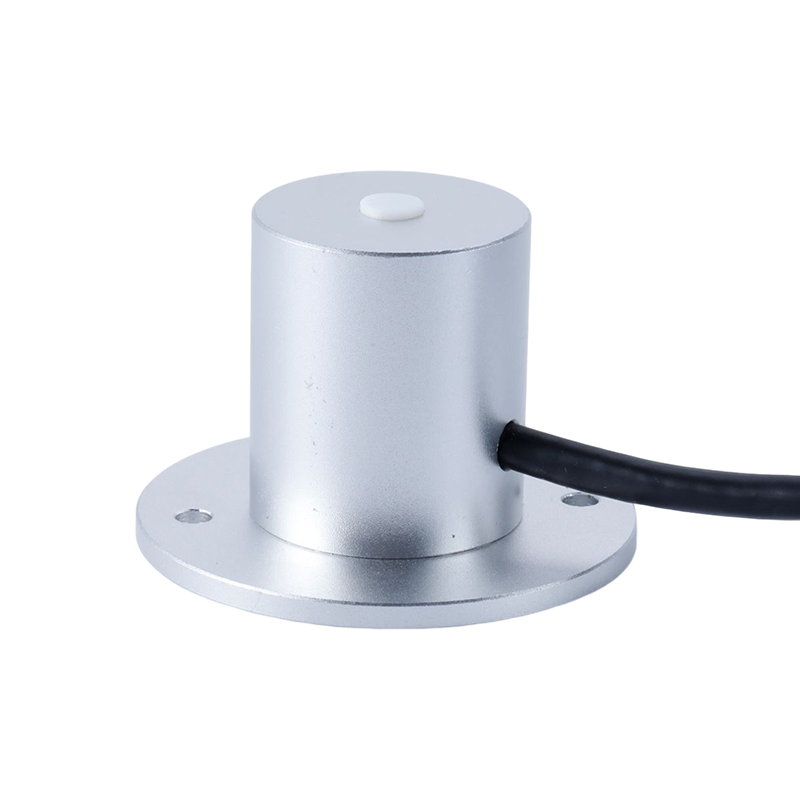 | 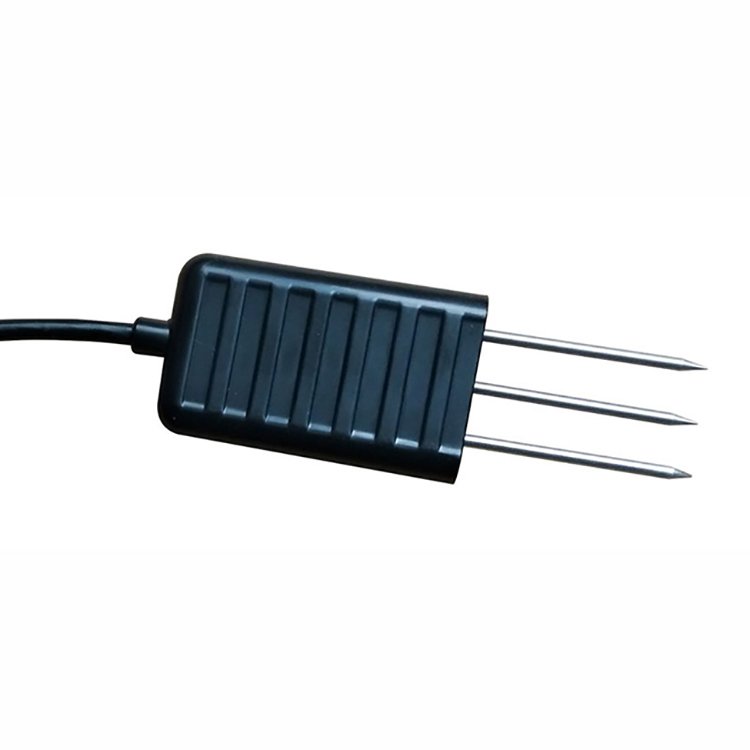 | 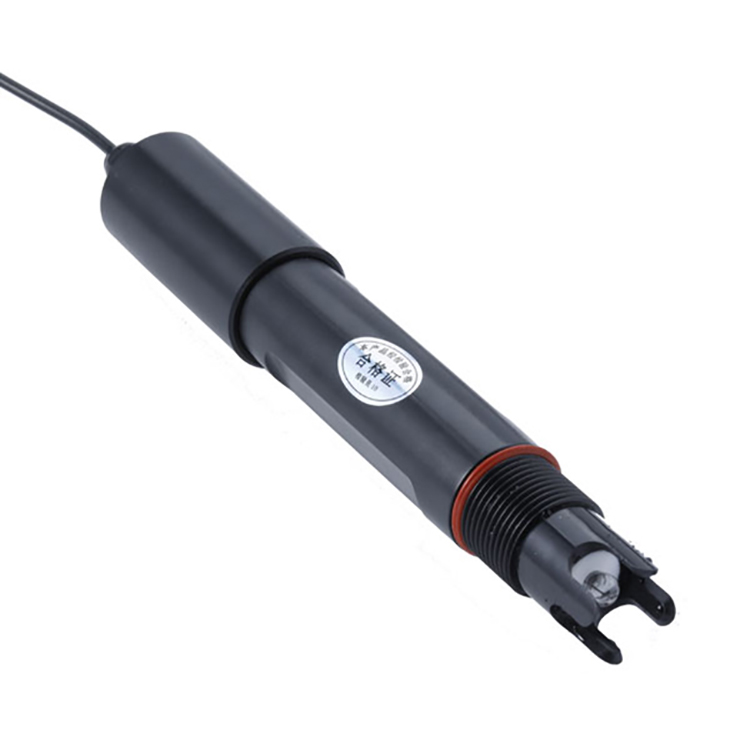 | 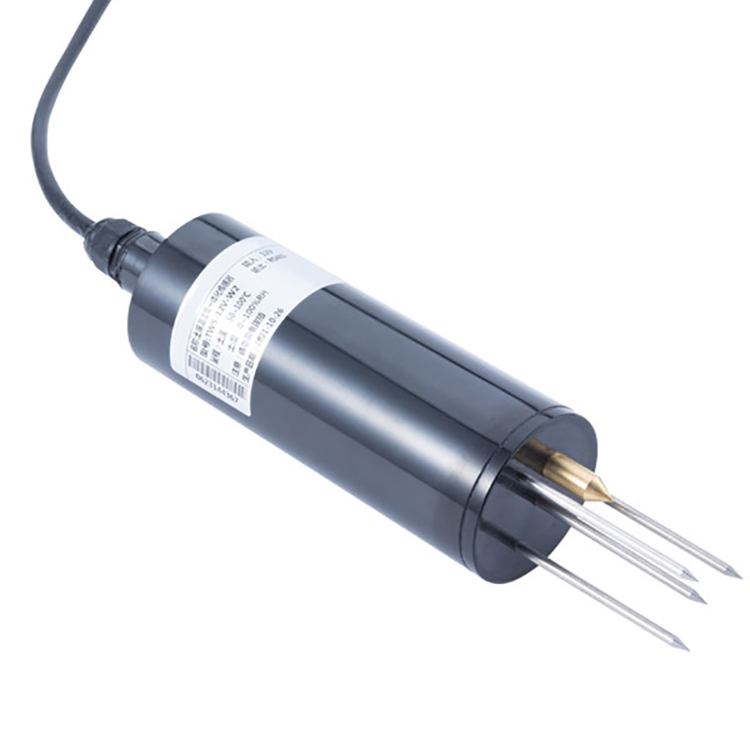 |
| Carbon dioxide sensor | Photosynthetically Active Radiation Sensor | Soil NPK Sensor | Soil pH sensor | Soil Moisture Temperature sensor |
A large agricultural group operates three main business segments: rice paddies, premium vegetable greenhouses, and economic orchards. After introducing the multi-crop monitoring platform:
1. Intelligent Irrigation Priority Decisions: During dry seasons, the system automatically calculates and recommends optimal irrigation priorities and water allocation schemes based on the evapotranspiration model for rice, the water stress index for orchards, and substrate humidity for vegetable greenhouses, ensuring limited water resources are directed to crops with the highest marginal benefits.
2. Agile Scheduling of Labor and Farm Machinery: When the system predicts that rice fields are about to enter the optimal harvesting window while orchards enter a high-risk period for pests and diseases, the platform issues a "Resource Conflict Alert" one week in advance, guiding management to coordinate and stagger the schedules for harvesters and pesticide-spraying drones in advance, avoiding delays in farming timelines.
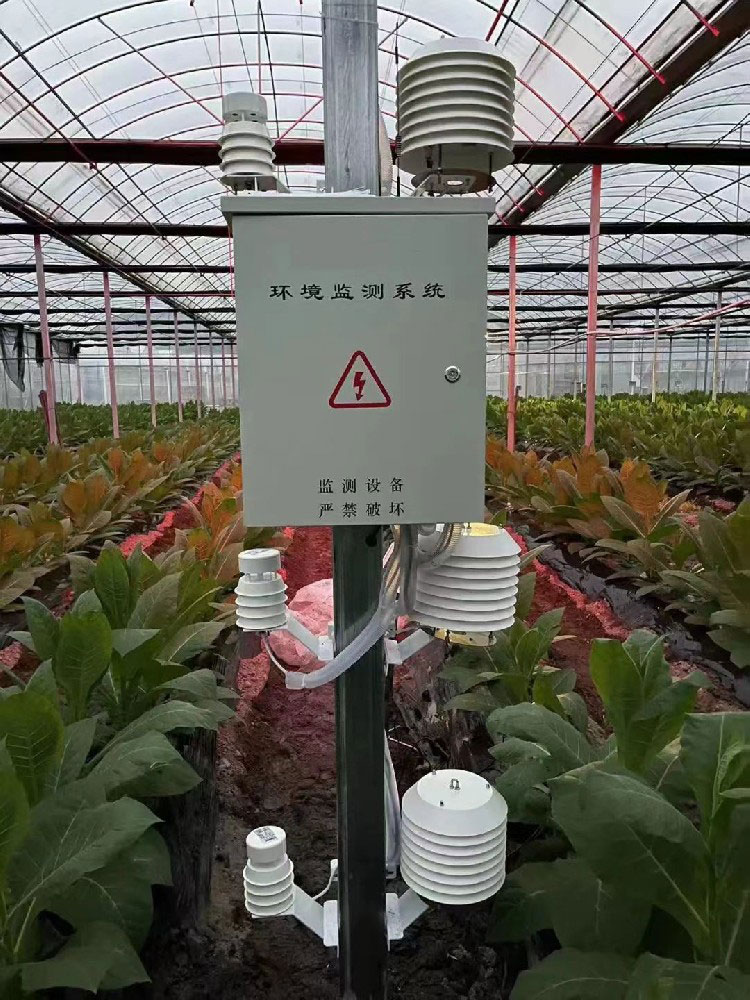
Multi-crop monitoring systems are the cornerstone for achieving scalable and lean agricultural production.
1. Reduced Operational Costs: Centralized data management reduces manual inspection and data collection costs, while optimizing the allocation of water, fertilizer, and pesticides, lowering overall operational costs by more than 15%.
2. Improved Management Efficiency: Managers no longer need to switch between multiple independent systems, allowing them to focus on high-level strategic decisions, improving management efficiency by 20%–30%.
3. Support for Scalability: The platform is designed with high scalability. Whether adding new plots, introducing new sensors, or incorporating new crop varieties, the system can integrate seamlessly.
Based on cloud computing and big data analytics, Niubol's platform offers clear, actionable intelligent decision-making for your complex farm management.
Niubol Smart Agriculture Platform: Simplifying Complex Farm Management
Niubol provides an integrated multi-crop monitoring and decision support platform, leveraging cloud computing, big data, and AI algorithms to achieve intelligent, digital, and sustainable farm operations.
- Full range of IoT agricultural sensors (ground, greenhouse, orchard, weather)
- Unified cloud-based monitoring and data visualization system
- Open API interfaces and device compatibility layer
Upgrade your farm from "reactive management" to "data-driven decision-making."
Experience It Now: Contact us to learn how one platform can achieve unified, efficient, and precise management of all your crops.
A: Our IoT platform features a robust protocol compatibility layer. It supports Modbus, LoRa, and various industry-standard API interfaces. Regardless of the mainstream sensor brands you use, we can achieve unified data access, standardization, and processing through technical means.
A: Yes. The platform comes pre-installed with general growth models and water-fertilizer demand curves for mainstream crops. Furthermore, we can provide customized AI growth models based on your farm's historical data and local climate conditions, making your predictions and decisions more aligned with reality.
A: We adopt the highest standards of cloud security protocols, including end-to-end encryption, data backups, and disaster recovery mechanisms. All your field data and operational data will be strictly protected, ensuring data privacy, integrity, and availability.
Conclusion: From "Multi-Point Management" to "One-Screen Control"
Agricultural complexity should not be a barrier to efficiency. With multi-crop monitoring systems, you can manage your farm like a smart factory— Clear data flows, precise resource allocation, and efficient, transparent decision-making.
Niubol: Making every data point create value for agricultural decisions.
Related recommendations
Sensors & Weather Stations Catalog
Agriculture Sensors and Weather Stations Catalog-NiuBoL.pdf
Weather Stations Catalog-NiuBoL.pdf
Related products
 Combined air temperature and relative humidity sensor
Combined air temperature and relative humidity sensor Soil Moisture Temperature sensor for irrigation
Soil Moisture Temperature sensor for irrigation Soil pH sensor RS485 soil Testing instrument soil ph meter for agriculture
Soil pH sensor RS485 soil Testing instrument soil ph meter for agriculture Wind Speed sensor Output Modbus/RS485/Analog/0-5V/4-20mA
Wind Speed sensor Output Modbus/RS485/Analog/0-5V/4-20mA Tipping bucket rain gauge for weather monitoring auto rainfall sensor RS485/Outdoor/stainless steel
Tipping bucket rain gauge for weather monitoring auto rainfall sensor RS485/Outdoor/stainless steel Pyranometer Solar Radiation Sensor 4-20mA/RS485
Pyranometer Solar Radiation Sensor 4-20mA/RS485
Screenshot, WhatsApp to identify the QR code
WhatsApp number:+8615367865107
(Click on WhatsApp to copy and add friends)
